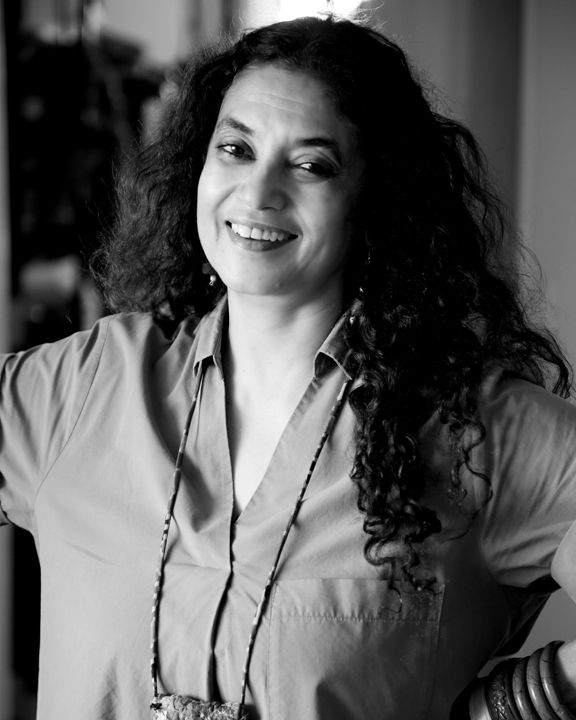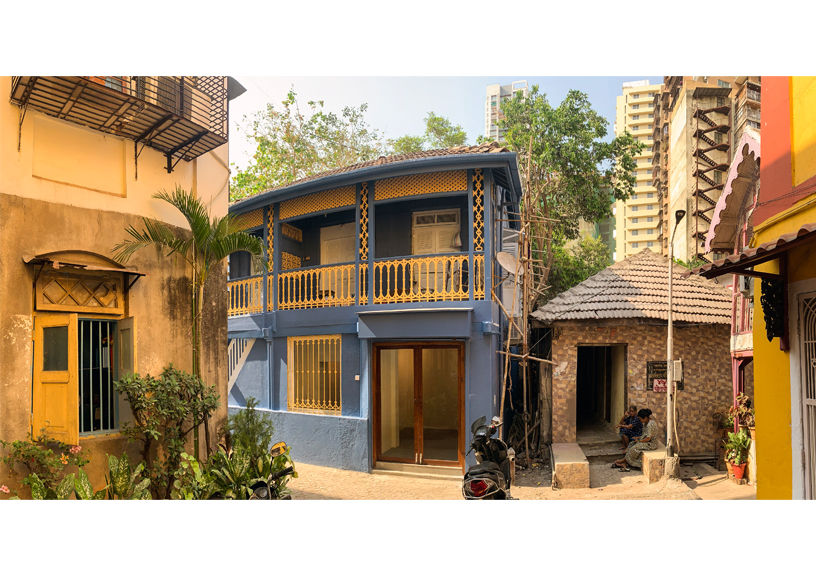The art world is often perceived as a mysterious place, or a distant universe. It has also been considered by many to be exclusive and elitist. While museums serve as a place of interactivity, discovery and discourse, the primary purpose of an art gallery is to nurture visual artists, promote their work, and expose them to the public and cultural stakeholders. In conversation with Srila Chatterjee, Founder Baro Market and Co-founder of 47-A, we delve deeper in this subject and try to understand the perception of art:

Tell us about the inception of 47A. What was your objective for this gallery dedicated to design?
Srila Chatterjee (SC): 47-A is now 15 months old, and our intention was always to focus on design because it has never been given the spotlight it deserves. We wanted to create a space for conversation, debate, education and discovery—both historic and contemporary, and leave it open for everything that evolved from our presentations of various aspects of design.
How has people’s perception of art and art spaces evolved over the years?
SC: Art spaces are no longer seen as just large rooms with white walls. So many are now refurbished and restored spaces that bring with them stories and history that add so much to the environment and ambience. Even locations have become more adventurous as people are much more open to going off the beaten path to get somewhere interesting. Art has evolved to encompass so much more than it traditionally did, where now the lines between craft, art and design are very fine and often disappear; add to that the digital revolution, photography, installations, performance and audio/video, and you have much wider perceptions of art than ever before.

Art brings people together, but it also creates a divide amongst people who are its connoisseurs and those with limited resources to be a part of this niche crowd. Does art only belong to the affluent inside art galleries? Please share your thoughts.
SC: Art does not belong to any class or niche, nor does it have to be housed in any space to be deemed ‘art’. The creation of this small lot of “connoisseurs” is very much market and sales related, and only in the last few years in India has there finally been a democratization of art that is making it truly important and relevant. The Kochi Biennale and the St+Art shows have had enormous impact and forced galleries to think differently. Society doesn’t change and the differences in money power stay, but knowledge and appreciation of art are no longer based on owning it.
AI is slowly but surely going to disrupt multiple industries, and change the future of digital art. Do you think it will have an impact on the average value of art?
SC: Yes, I imagine it will destroy the ability to have very high prices for anything that is not absolutely exceptional: so, the top end of the art world will not get cheaper but the average I would definitely expect to.
The metaverse is where some say the future of art lies. On the other hand, some deride it as just another fad and something that has been hyped out of proportion. As a gallerist yourself, what do you feel about the digitization of art?
SC: Digital art doesn’t do anything for me personally so I would not be able to excite other people about it, but there is space in the world for everything…
What are the challenges an art gallery faces and how do you overcome them?
SC: The biggest challenge is the cost of space—and that’s something that we never seem to find a solution to! You learn to compromise on the size of space you would like and then to perhaps work symbiotically where you can share spaces.

What is the one thing you would like to change in the art/design industry and why?
SC: The aura of inaccessibility it is surrounded by
Name an artist you think the world needs to know.
WOLF Jaipur—their artists work from scrap, waste and discards to make the most extraordinary works that are relevant, very deep and utterly beautiful.
Want to read the full article? Click here and subscribe to A+D!
